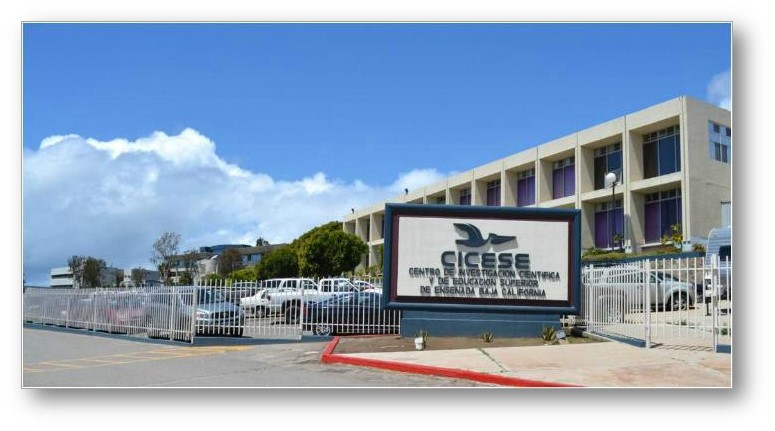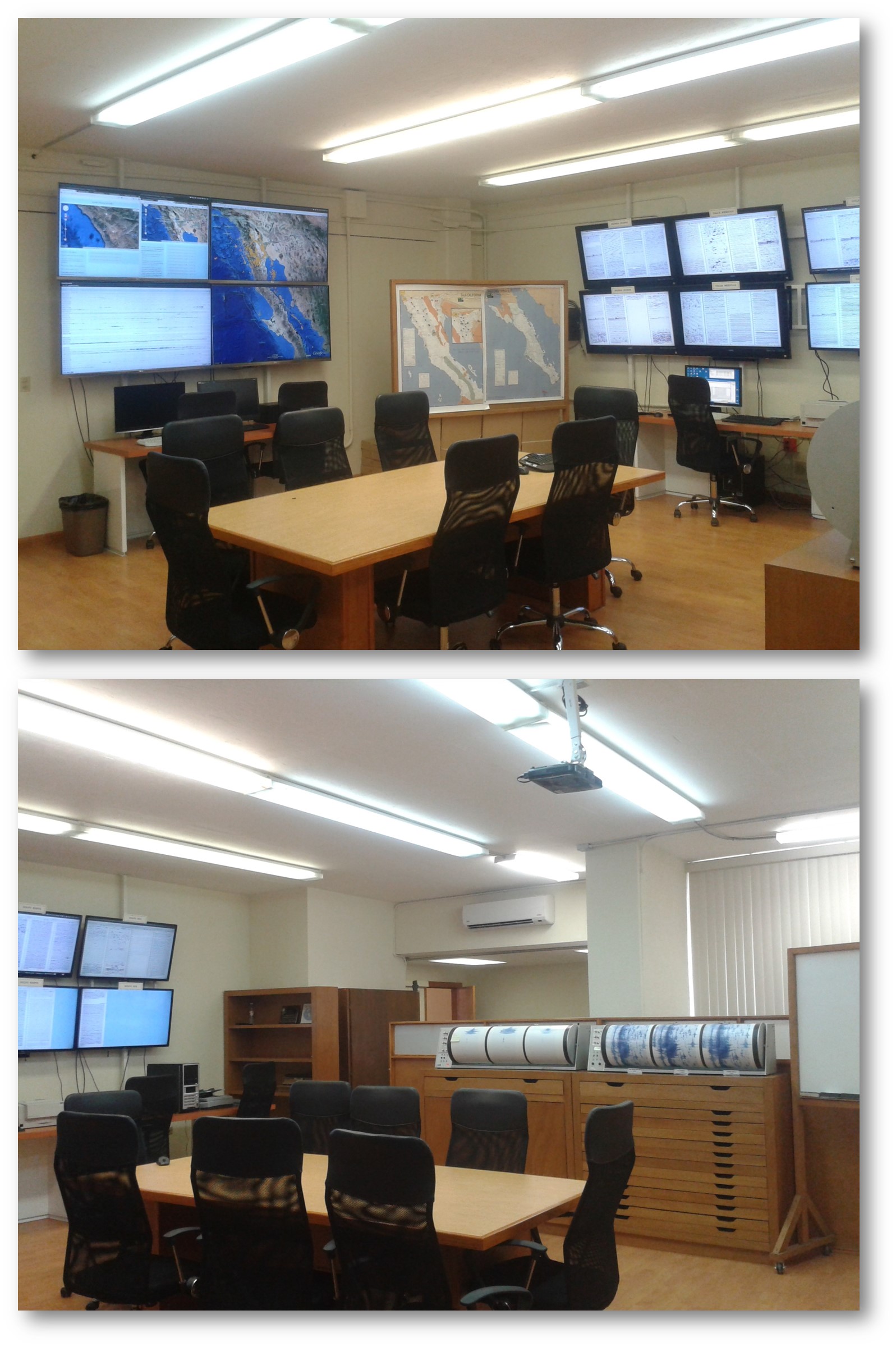Introduction
Acknowledgments
Throughout the years, CICESE and the National Council of Science and Technology of México (CONACYT), have provided the funds for installation, operation and maintaining of the CICESE’s Seismic Network. As an example, is the support given by CONACYT, through the Baja California’s government, for the acquisition of modern equipment in 2010. This allows the expansion and modernization of the network.
We recognize to the personal and directors of agencies as the Mexico’s National Seismological Service (SSN), and the Southern California Seismic Network (SCSN) in the United States, for their disposition and support to exchange data in real time since April 2010. These data exchange has allowed the improvement of the hipocentral locations, the magnitude calculation of the recorded earthquakes, besides the improvement of the geographic coverage in the Baja California-California border. The comments and suggestions of the researchers of the Department of Seismology of CICESE have been so important for the continue improvement of the RSC. The actual version of the RSC-RESNOM website was possible thanks to an agreement between personnel of the Department of Telematics of CICESE, and the Happy Discover company.




















